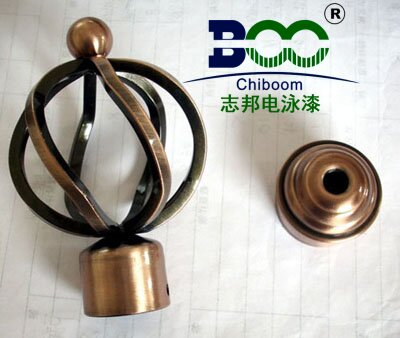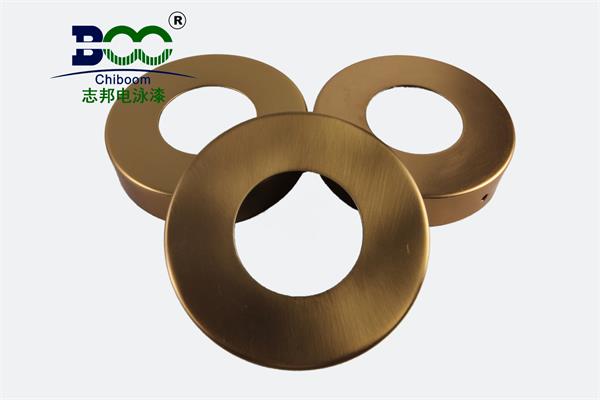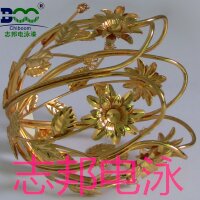Electrophoretic Painting Production Equipment
Electrophoretic painting, an efficient and environmentally friendly surface coating technology, has been widely applied in metal component surface treatment across industries such as automobile manufacturing, household appliances, and hardware tools. The electrophoretic painting production equipment, serving as the cornerstone of this technology, directly correlates with product quality, production costs, and environmental performance during the manufacturing process.
The core components of electrophoretic painting production equipment include electrophoretic tanks, power supply systems, circulation and filtration systems, ultrafiltration devices, baking equipment, and automated control systems. The electrophoretic tank is the pivotal component, accommodating the electrophoretic paint solution and facilitating the electrophoretic deposition process. The power supply system provides a stable direct current electric field, driving charged particles in the electrophoretic paint solution towards the workpiece surface. The circulation and filtration system ensures the cleanliness and stability of the electrophoretic paint solution, extending its service life. The ultrafiltration device is specifically used to separate solvents and water from the electrophoretic paint solution, maintaining a stable concentration. The baking equipment is used to cure the electrophoretic paint film deposited on the workpiece surface, forming a coating with excellent corrosion resistance and decorative properties. The automated control system monitors the entire production line's operational status and adjusts according to actual needs, enhancing production efficiency and stability.

The working principle of electrophoretic painting is based on electrochemical principles. When the workpiece serves as the cathode (or anode) placed in the electrophoretic tank and a direct current electric field is applied, charged resin particles in the electrophoretic paint solution (typically negatively charged for cathodic electrophoretic painting) migrate towards and deposit on the workpiece surface, forming a uniform and dense paint film. Subsequently, after rinsing and drying steps, the paint film cures, imparting excellent corrosion resistance and decorative properties to the workpiece.
The technical characteristics of electrophoretic painting production equipment are mainly reflected in high throwing power, high coating efficiency, environmental friendliness and energy saving, excellent performance, and a high degree of automation. High throwing power allows electrophoretic paint to penetrate complex structures of workpieces, achieving comprehensive coating. High coating efficiency means uniform paint film thickness and high material utilization, reducing production costs. In terms of environmental friendliness and energy saving, electrophoretic paint solutions can be recycled, reducing wastewater discharge, and the curing process consumes low energy. Excellent performance is demonstrated in the paint film's corrosion resistance, impact resistance, strong adhesion, and suitability for various materials. A high degree of automation makes monitoring and adjusting the production line more convenient, improving production efficiency.
Looking ahead, electrophoretic painting production equipment is evolving towards higher efficiency, greater environmental friendliness, and increased intelligence. Optimizing electrophoretic tank design, enhancing power supply efficiency, and adopting advanced filtration and ultrafiltration technologies will further reduce energy consumption and waste generation. Meanwhile, integrating advanced technologies such as the Internet of Things, big data, and artificial intelligence enables intelligent monitoring and remote management of the production process, enhancing production flexibility and responsiveness. Additionally, developing new environmentally friendly electrophoretic paint materials, such as waterborne electrophoretic paints, is also a critical direction for future development, aiming to further minimize environmental impact and promote the sustainable development of electrophoretic painting technology.
In summary, electrophoretic painting production equipment plays a pivotal role in modern coating industries. Its technological advancements and innovations have not only improved product quality and reduced production costs but also promoted green manufacturing. As technology continues to evolve, electrophoretic painting technology will demonstrate its unique advantages in more fields, contributing to the transformation and upgrading of the manufacturing industry.





 WeChat
WeChat